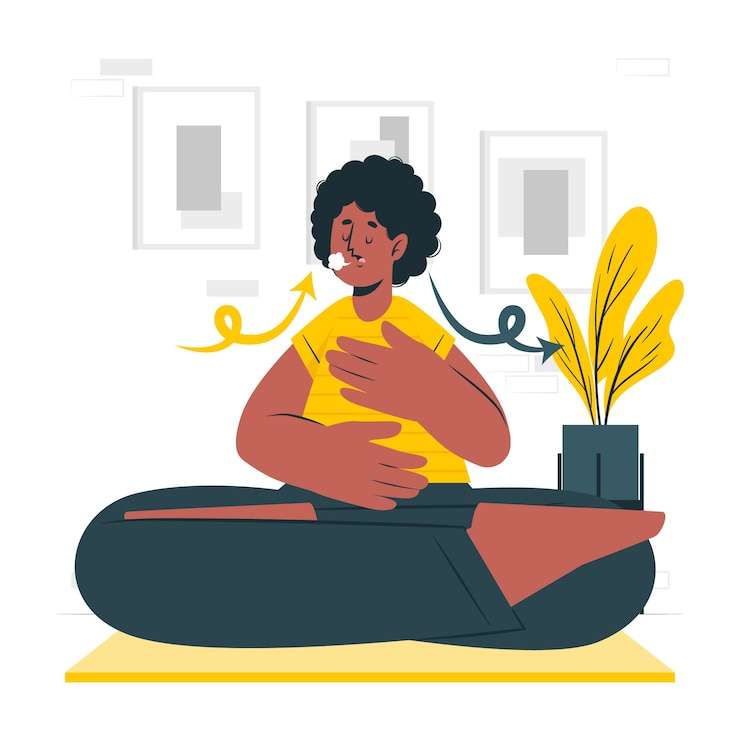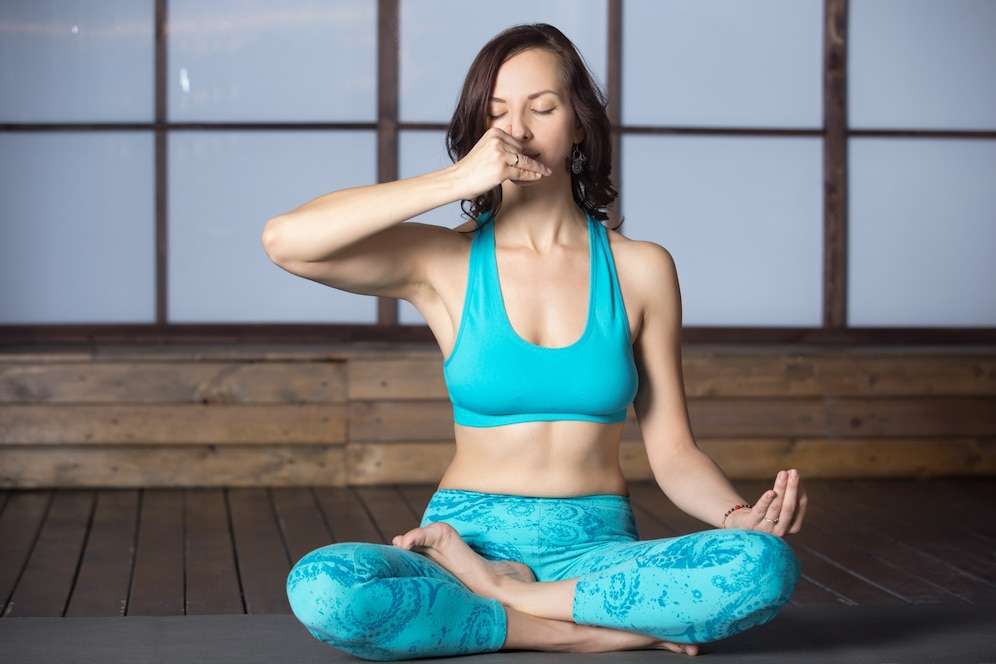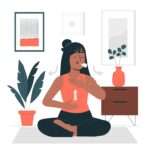Are you feeling overwhelmed and need a way to find some control? Breathing exercises can help. Our breath is an incredibly powerful tool that has tangible benefits, such as helping reduce stress, boost our moods, increase focus, and even lower blood pressure. Breathing exercises are simple yet powerful tools to help maintain physical and mental health.
By controlling the breath, it is possible to calm your mind when you’re feeling stressed or anxious, boost energy levels throughout the day, improve focus on work tasks, and much more. Breathing exercises are practices that involve consciously controlling the breath in order to promote physical, emotional and mental well-being. In this article we will discuss a few breathing exercises that can be incorporated into your daily routine for better overall wellbeing.
The box or square technique, breathing exercises
The first technique is known as the box or square breathing. This involves inhaling for four seconds, holding it for four seconds, exhaling for four seconds and again holding it out for another four seconds before repeating the sequence again. This exercise works with a pleasant graphical effect where you visualize yourself creating each side of a square which brings more intention into each step throughout the cycle while calming you down due to increased oxygen intake into your body.
Diaphragmatic deep breathing exercise/ abdominal breathing exercise
Another popular method is diaphragmatic deep breathing (or abdominal/belly breathing) https://www.healthline.com/health/breathing-exercise#pursed-lip-breathing.

You should begin by sitting comfortably with your back straight and relaxed shoulders while placing one hand under your rib cage on either side of the stomach allowing oxygen flow through towards both nostrils equally during inhalation.
Instead of expanding only your chest when inhaling, you focus on using your belly muscles so that your abdomen expands outward when breathed in deeply instead up towards the pullover like during shallow breaths.
After completely breathing in through inhalation, slowly breathe out, letting your belly draw back inward without any tension built up with an exhalation.
During exhalation release any remaining air gently until only empty space remains in between breaths. This type of controlled relaxation also helps engage even more muscles for deeper circular breathes sending an influx of healing energy around our bodies. Just keep from returning too suddenly until all air has been released completely afterwards.
The alternate nostril breathing exercise (Pranayama)

Another breathing option available includes alternate nostril breathing or Pranayama where inhalation is done entirely through one nostril often using clothing or fingers.
Followed by inhalation, the air is exhaled through the alternate nostril and closing the other nostril. The sides are switched repeatedly until the breathing exercise cycle is complete.
This practice supports very deep states of rest as well, facilitates healing during transition periods in life, because it creates balance throughout both hemispheres, allowing individual become more poised no matter what they’re dealing with internally outwards respectively.
Overall, as a result, such a process brings feelings of calmness, peace of mind, stability, centering all aspects of holistic wellbeing, inspiring joy and renewed strength.
The 4-7-8 breathing exercise technique
The 4-7-8 method involves placing your tongue up against the roof of your mouth, directly behind the upper front teeth for four counts. It is followed by holding your breath for seven seconds, then exhaling through your mouth with lips pursed (like if trying to whistle) for eight seconds.
This exercise increases oxygen saturation within the parasympathetic nervous system which sharpens focus. It also helps in reducing heart rate, ensuring tension relieving relaxation, without compromising alertness when rising from relaxation afterwards 3 Deep breathing techniques: Benefits, need and precautionary measures.
By incorporating these breathing exercises routinely, it would greatly enhance regular physical and mental health, resulting in a harmonious environment, mindful situations, and appropriate interactions.




